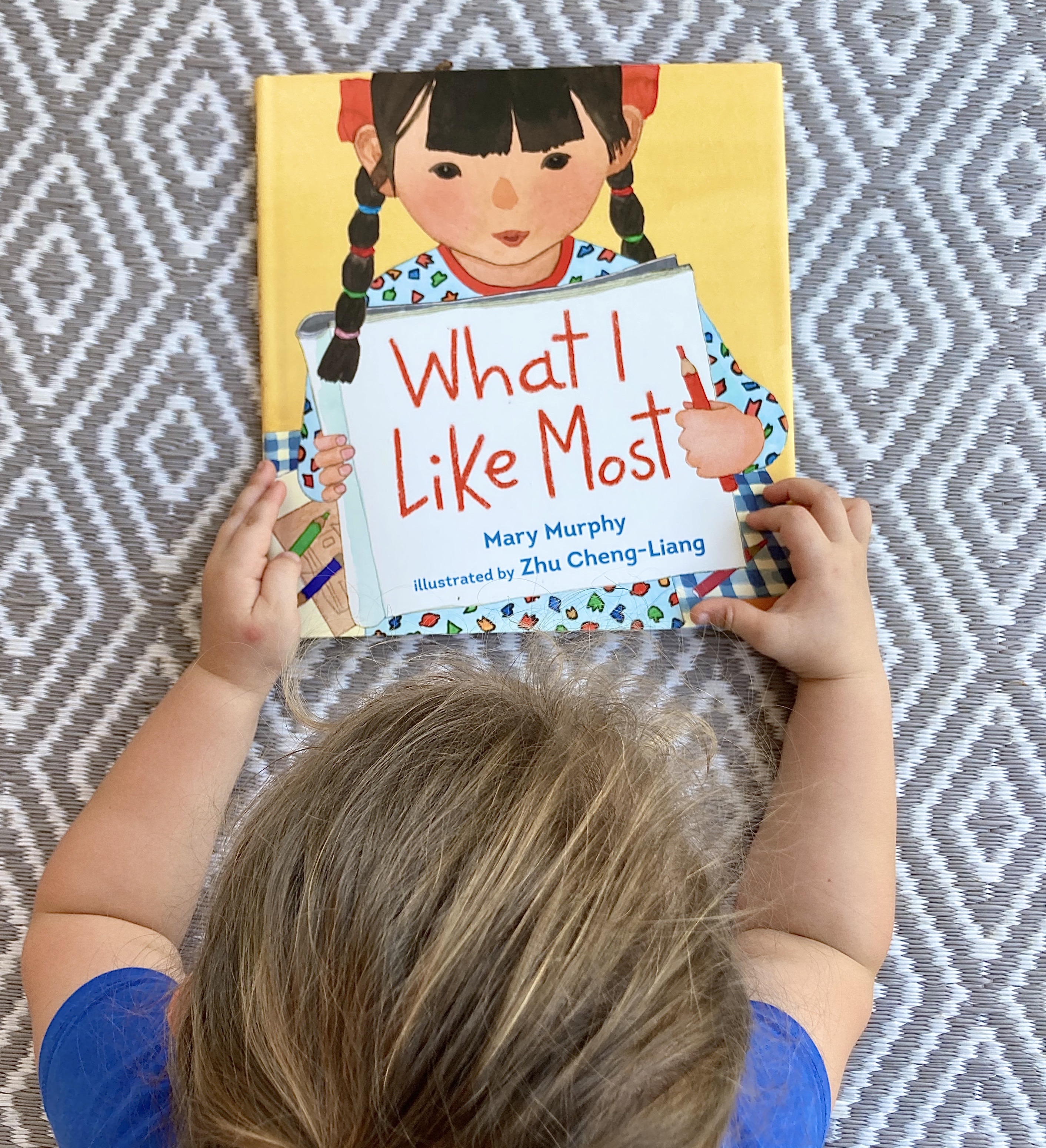Discover your Child's Learning Style {and how to teach them accordingly!}
Ever been in a traffic jam? Congestion, irritation, frustration.
If we had only listened to Google Maps, the highway would have been a much better route. Smooth, easy-going and enjoyable.
Teaching our children can have many "roadblocks" and traffic jams, especially if we're not in tune with our child's learning style. We may feel like they're not grasping certain concepts, unable to pay attention or just generally checked out and not enjoying learning.
It's not WHAT, it's HOW.
If your child has struggled with learning in the past, it may have had more to do with the way the material was presented - the HOW - rather than the material itself.
In other words, it's not so much the skills and content of utmost importance, but the route we take to get there.
Unlocking our child's learning style helps us to determine that route.
Everyone has a preferred learning style that highlights how we best process, store and recall information.
Tapping into our kids’ learning styles offers a w...
Reggio-Style Portfolios: Documenting your Child’s Growth
What do you think of when you hear the word assessment?
Measuring achievement? Evaluation of learning? Benchmarks and comparing our kids to where they should be?
What if assessment were used less as a means for reporting achievement, and more as a means of looking at children’s growth and for the purpose of teacher planning, and children's goal setting?
In the olden days, assessment used to mean we were evaluating our children’s work according to certain standards or benchmarks. But today, assessment means a whole lot more.
Assessment for learning is the process of gathering and making sense of our child's learning - to help us determine where children are at in their learning, and where they need to go.
Assessment as learning is the child’s responsibility, and is the process of self-reflection on learning. We call this meta-cognition.
Assessment of learning measures learning at a given point in time - a snapshot that can be used to communicate achievement to others (homesch...
Bookmaking: Explode Your Child's Writing Collection!
Ready to watch your child's writing EXPLODE?
Try bookmaking!
Writing comes in all shapes, forms and sizes. It's not limited to journal writing or stories.
In fact, sometimes those exercises can feel most intimidating to kids, turning them off for good.
Handmade books offer wonderful structures to be filled with all kinds of writing:
- recipes
- joke books
- math stories
- all-about-me books
- counting books
- biographies
- ABC books
- life cycle books (think frogs, butterflies...)
- circle books (think stories like If you give a Mouse a Cookie or Something from Nothing)
- fairy tale retellings
The list goes on and on.

And there are SO many styles of books waiting to be filled with your child's ideas.
All you need is a bit of inspiration! I've got the perfect invitation to explore this hidden gem of an art form!
Join me for my LIVE bookmaking workshop as we explore beautiful handmade books you can make with children from ages 5-105 (that means gorgeous handmade books for YOU too!)
...The Problem with Copywork {and what to do instead!}
Do your kids cringe at the sound of copywork?
Copywork is a traditional practice amongst many homeschool families - especially those who follow a Charlotte Mason approach - where children copy pre-selected passages in their best handwriting. Usually, a piece of copywork is a short passage from a book, poem, verse that represents high quality literature.
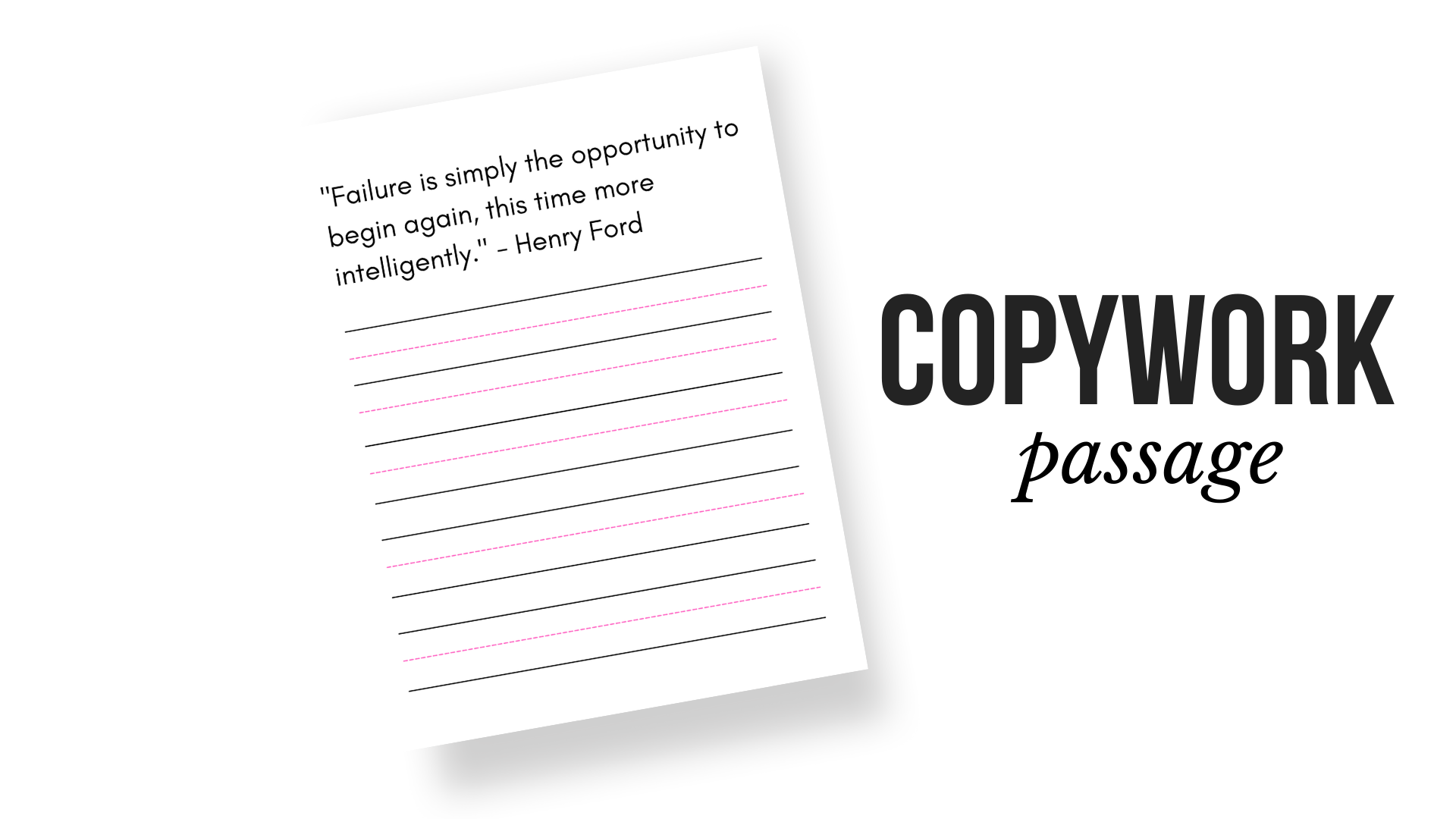
But is this best practice for children when it comes to teaching the art of writing?
Research in the field would say no.
In the olden days, children learned to write using an apprenticeship model, copying master's works. They learned trough the process of imitation.
Today, there is a great deal of evidence to support children learning to write in much more meaningful and authentic ways.
According to Cynthia Puranik of Georgia State University, there are two emerging theories about how children learn to write.
The first is cognitive-linguistic theory - teaching of discrete skills needed to write. The second is grounded in so...
How to Get your Child to Write {even if they hate writing!}
Writing can be a daunting task - particularly for our youngest learners, and especially for our "perfectionist" non-risk takers.
If the idea of writing has your kids resisting or butting heads with you, try these simple strategies to go from writing reluctance to writing receptiveness. Even if your child is just beginning to learn letters and sounds, they too can experience what it means to be an author!

1. Talk first. Write later.
"Writing floats on a sea of talk." - James Britton
The spoken word precedes the written word. Before a child is capable of writing, they must have stories to tell. Providing opportunities to share orally is some of the best work we can do as parents to prepare fertile ground to plant the seeds for creative writing.

Small world play is one of the best sources for storytelling, because children are narrating their playscapes with characters - little people, dinosaurs, animals - which later provides inspiration for writing.

Where to share?
Think ...
The Art of Bookmaking with Kids
Bringing bookmaking into the your homeschool is where ART and LITERACY intersect.
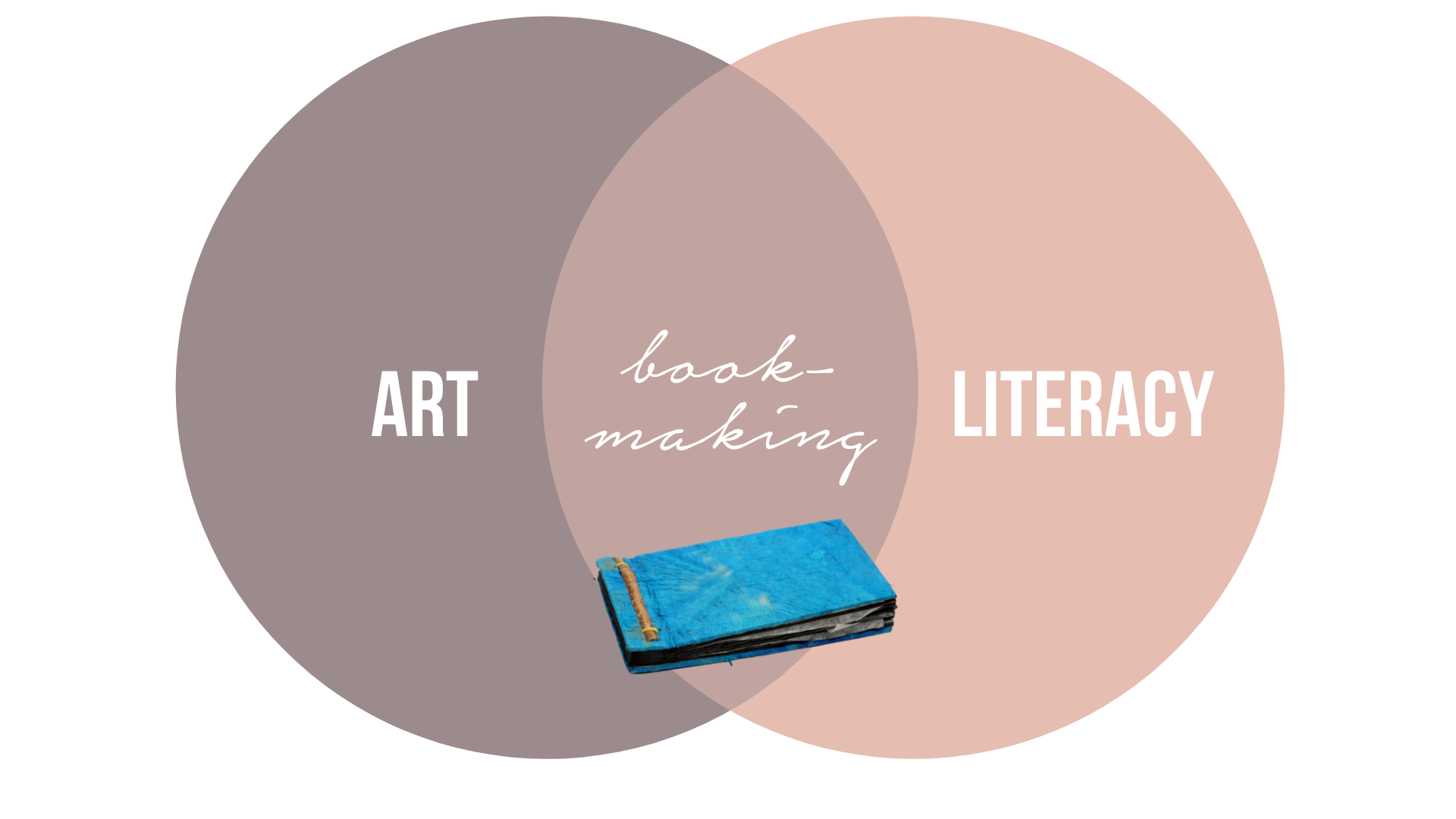
The writing process can often be a daunting process, especially for reluctant writers.
Handmade books give children a structure, "architecture for the imagination," and entice them to fill their books with original ideas and stories.
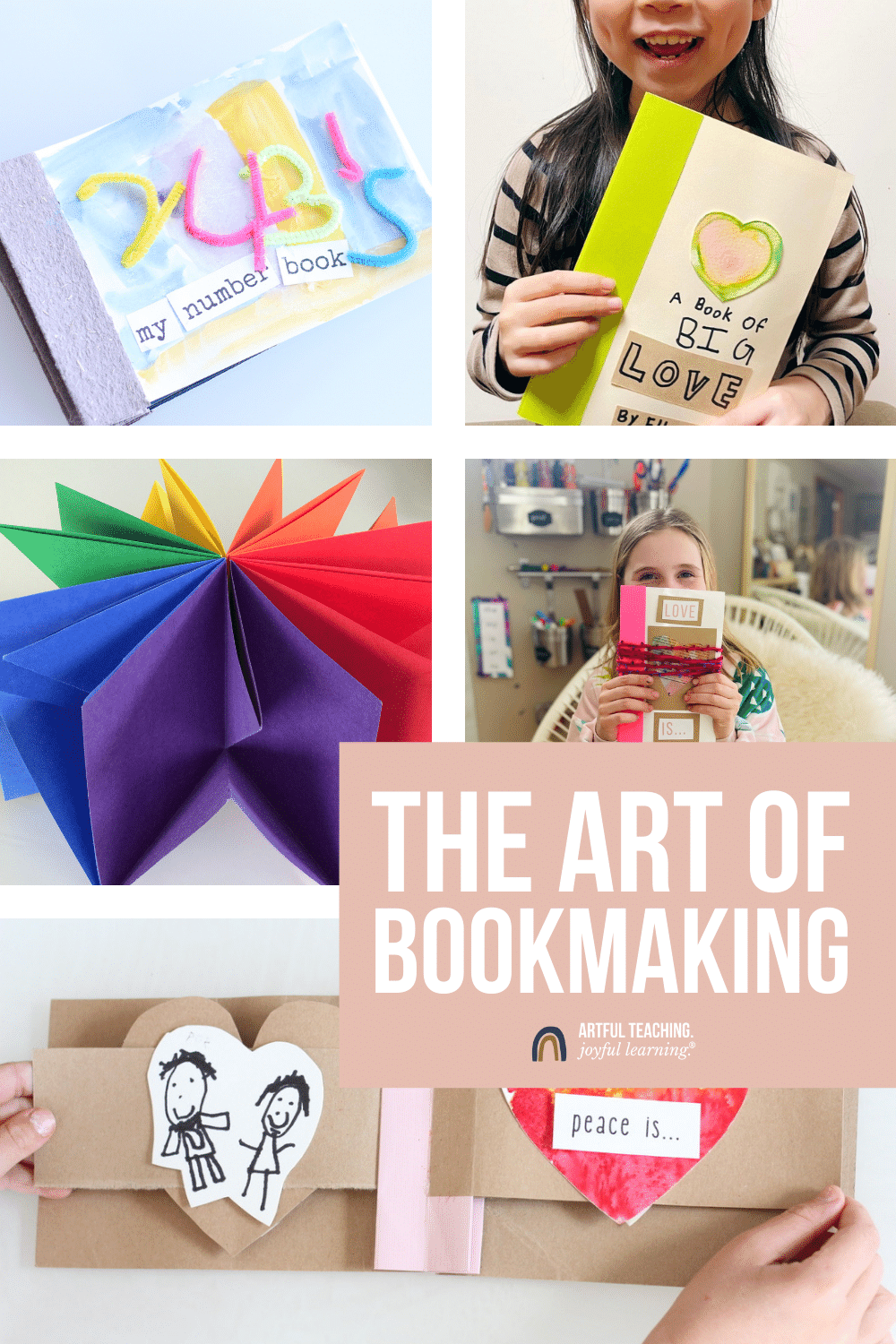
Handmade books excite and engage children of all ages, because they are not only beautiful in form, but an extension of themselves.
A finished handmade book is something to celebrate and cherish forever.

Handmade books are a wonderful way to bring the worlds of ART + LITERACY home to your child.
Not only will your child have more ownership of their learning once they've created and published their own book, but you'll have a concrete piece of learning for their portfolio.
Bookmaking is an art form that can be explored even with very young children, and can take on so many forms.
- joke books
- math fact books
- research investigation books
- all about me bo...
Reggio-Inspired Valentines Day Part 3: Fall in Love with Family-Style Learning
How to homeschool kids of different ages
Homeschooling your kids is a challenge in itself. Add kids of different ages, needs, learning styles and ALL.THE.HOUSEWORK. and it can go from feeling challenging to downright impossible!
Here to help you work through those challenges, and offer some practical tips on homeschooling multiples is ATJL alumna Kimmi Nguyen-Lehr, mom of 3 and full-time homeschooler.
In this 22 minute interview, Kimmi shares her insights, strategies and even some of her honest struggles as she homeschools 3 kids under 7. She talks about her kids' learning differences, how she plans for three different ages, what a typical day looks like, and the value of play-based learning.

Kimmi shares some excellent advice for parents, and I thought I'd offer up some ideas as well. While I'm not currently homeschooling our three girls, I have honed these tools from years of teaching in the classroom, and implementing these ideas in my early years of raising and teaching our g...
A Reggio-Inspired Valentine's Day: The Language of Food ♡ Part 2
Cooking and Baking with children are everyday encounters in a Reggio-inspired practice.
Culinary experiences connect us with one another through the universal language of food. The preparation, the sharing of recipes, the dialogue, the smells, the tasting and the enjoyment together bring heart, mind and hands together as we share beautifully prepared dishes.
Kitchens in Reggio become a "virtuous weave of local culinary tradition, ecology, culture of dialogue, art, and the world." (Reggio Children, 2008)
Do you bake and cook with your children?
There are SO many benefits to getting our kids involved in the process (and yes, it can be messy!) but it's so worth it.

This Valentine's Day, I encourage you to begin a tradition! We did this a few years ago, and it was SO much fun.
We prepared for and created our very own Valentine's Day Pancake Bar.

The girls were responsible for creating a list of toppings for their pancakes, and then writing a list (using a "share-the-pen" techni...
A Reggio-Inspired Valentine's Day: Literacy from the He{ART} ♡ Part 1
Valentine's Day is one of my favorite celebrations throughout the year, and a beautiful opportunity for learning about our most important and universal value: love.
What is LOVE?
Who are the people we love?
How do we show love?
Have you ever asked your child these questions? Their answers might surprise you {and make you giggle!}
"Love is a hug and a kiss after I get a boo-boo."
"Love is cuddles."
"Love is when my mom makes pancakes."
Over the coming days, I'll be sharing a series of Reggio-inspired invitations to explore the idea of LOVE as we weave in important aspects of reading, writing and representing through Language Arts.

Today's blog post shares a special DIY bookmaking activity to explore "LOVE" with children, integrating playful literacy in a meaningful and authentic way. The goal is to encourage our kids to write with purpose in a gentle and age-appropriate manner.
DIY Handmade Book
This DIY book structure, called a Concertina book, shines a light on children'...
Teach Gratitude through Art {and a great booklist too!}
A Reggio-Inspired Invitation to explore Gratitude
Gratitude is an abstract concept for many children, but books and art make it so much more concrete and experiential. The following is a booklist to support your children's examination of what it means to be grateful, and the video includes a beautiful art invitation through the language of clay.
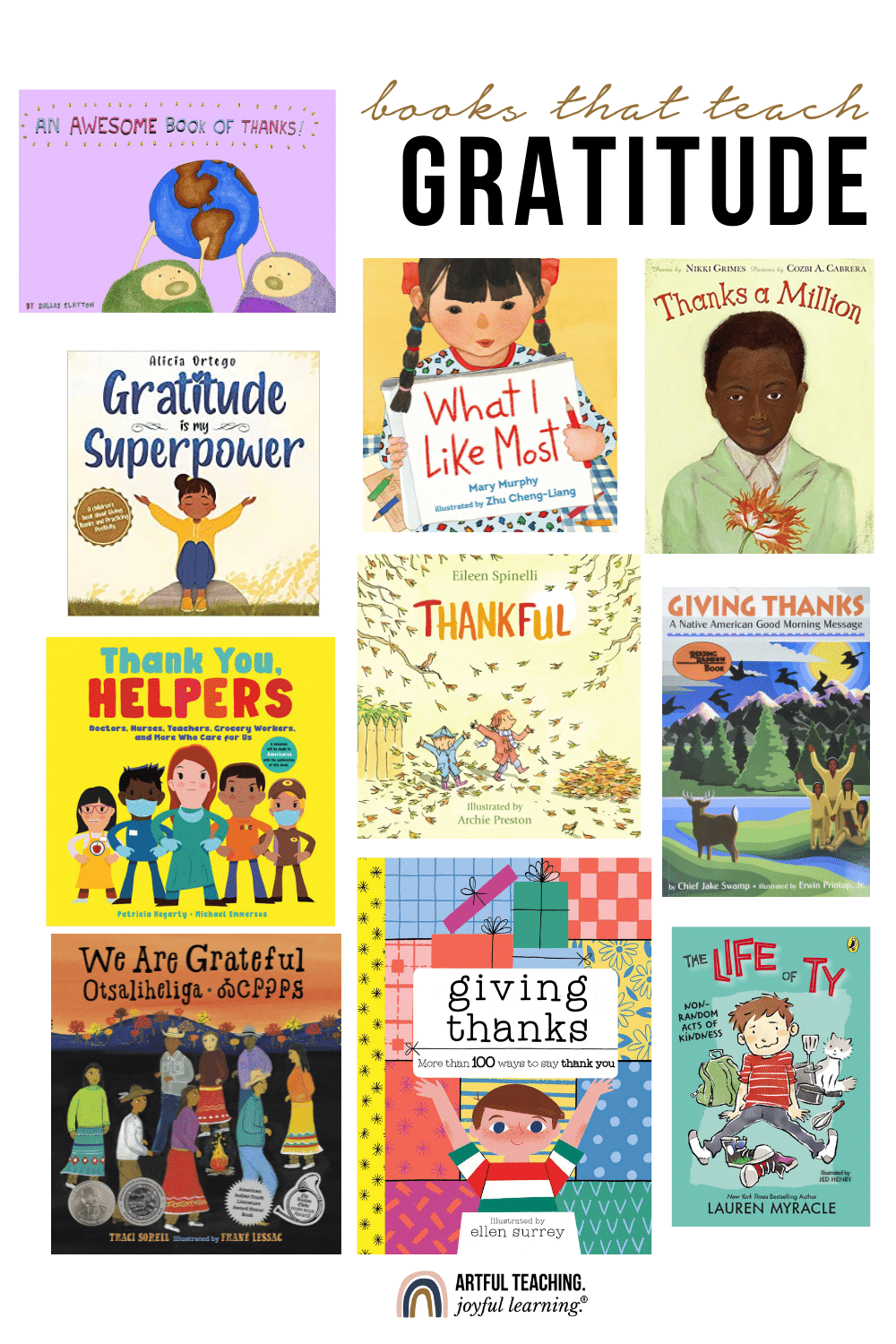
There’s an old adage that says if the only prayer you say in your life is Thank You it will be enough. As a child I remember my grandpa standing at the head of a long table, 30+ people waiting to eat, waxing eloquent about his full heart and giving thanks that each of us kept showing up. Now, as an adult, I am constantly looking for ways to teach my young children about such an abstract concept as gratitude.
What does gratitude look like? How do we best show it? And more importantly, when does teaching basic manners like “please” and “thank you” translate to helping children have full hearts for the abundant life they have now?
Thr...

